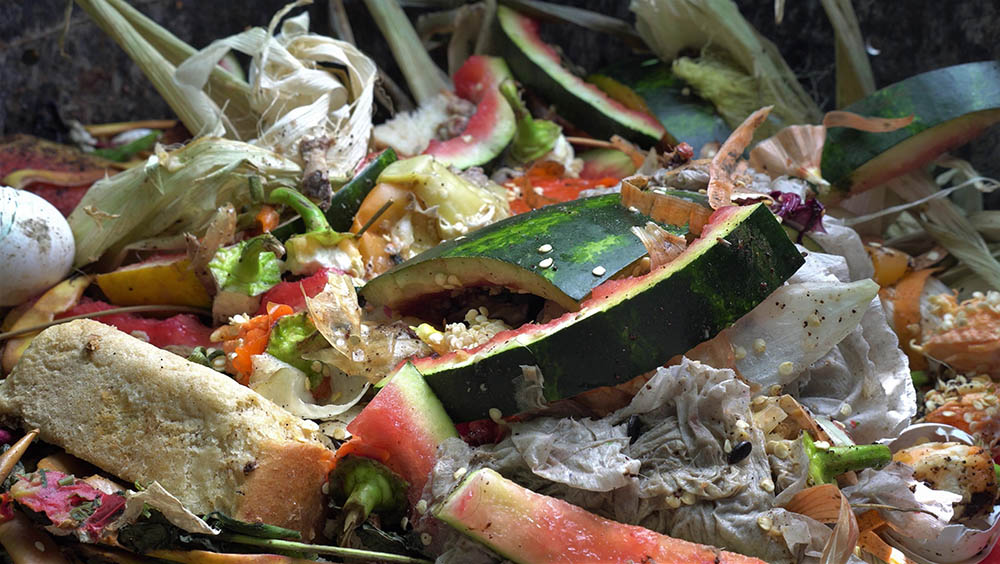Can You Compost Watermelon Rind? What You Need to Know!
-
Pete Ortiz
- Last updated:

Fresh watermelon is one of the most refreshing foods for a summer day, a juicy treat to help you bear the heat. Rich in vitamins and great for your heart, watermelon is as nutritious as it is delicious, giving us plenty of reasons to make it a go-to snack in the hotter months.
The only downside to watermelon is the inedible leftover rind. But if you’re a home gardener, you could turn the trash into treasure by using it to feed your plants. Watermelon is as healthy for your garden as it is for your body, and you can help your landscaping in immense ways by adding the rind to your compost. The next time you plan on digging into this juicy fruit, learn how you can incorporate the scraps into your compost for a flourishing garden.
Can You Compost Watermelon Rind?
Watermelon rind consists of the tough outer skin and the crisp green flesh beyond the juicy red fruit. While it isn’t the tastiest part of the melon, the rind is packed with essential vitamins and minerals. When you add it to your compost, you introduce a component packed with nitrogen, potassium, zinc, magnesium, and other beneficial nutrients for your plants.

How to Add Watermelon Rind to Compost
A watermelon rind is part of the “green” material in compost, the nitrogen-rich component that helps feed nutrients to your plants. Along with watermelon rind, you can include food scraps, coffee grounds, and plant trimmings as green material.
Green material works alongside “brown” material to form a compost heap. Brown material consists of dry materials like newspapers, eggshells, twigs, dried leaves, and straw, providing carbon and appropriate airflow to maintain moisture levels. Keeping the compost from getting too soggy is crucial for proper decomposition and preventing stinky smells.
The ideal range for compost is 40%–60% moisture. When you squeeze a handful, it should feel like a damp sponge. Excessive moisture halts the flow of oxygen, which can kill off decomposing organisms. Compost also stores carbon dioxide and loses nutrients faster when it’s too wet.
Moisture is an essential consideration with watermelon rind because it introduces a lot to the heap. You’ll need to add plenty of brown material on top to absorb excess water. For most compost heaps, a 3:1 or 4:1 ratio of brown matter to green material will maintain the correct moisture and temperature levels.
You can help the organisms in your compost by cutting the watermelon rinds into chunks. Cut them into pieces less than 3 inches long to give them more edible surface area. Mix them with other green compost matter and layer on brown material to suck up excess moisture.
- Related Read: What Not to Compost? 20 Things to Avoid (With Pictures)
Final Thoughts
Adding watermelon rinds to your compost is a fantastic way to reduce waste and contribute to your garden’s health. Dense with nutrients, any leftover watermelon scraps will be a valuable food source for your plants. With these simple tips on composting watermelon rinds, you’ll love being able to help yourself and the environment with minimal effort.
- You might also be interested in: Is Ash Good for Compost? What You Need To Know!
Featured Image Credit: stevepb, Pixabay



